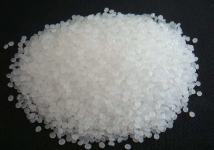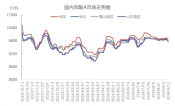read: 988 time:2023-12-14 09:11:06 from:
In the chemical industry, isocyanates are a common chemical substance, with two common types: HDI and LDI. Although they all belong to the class of isocyanate compounds, they have significant differences in characteristics, uses, and other aspects. This article will compare HDI and LDI from multiple perspectives to help readers better understand them
From a chemical structure perspective, the molecular structures of HDI (hexamethylene diisocyanate) and LDI (laurine diisocyanate) are different. HDI molecules contain six subunits of methane, while LDI molecules contain 12 alkyl subunits. Such differences result in differences in physical properties between the two, such as HDI typically having higher vapor pressure and lower viscosity, while LDI has lower vapor pressure and higher viscosity
In the application field, HDI and LDI also have their own advantages. HDI is widely used in coatings, adhesives, elastomers, and other fields, with excellent wear resistance and weather resistance; LDI has unique advantages in certain special fields, such as medical devices, food packaging, etc., such as better biocompatibility and high temperature resistance
In addition, in terms of environmental protection, the difference between HDI and LDI is also quite significant. Due to its unique molecular structure, HDI is easier to decompose and has better biodegradability, making it widely used in some fields that require high environmental protection; LDI is more common in some products that require a longer lifespan
Overall, although HDI and LDI belong to the class of isocyanate compounds, there are significant differences in their chemical structure, physical properties, application fields, and environmental protection. In practical applications, selecting the appropriate type has a significant impact on the quality and performance of the product. I hope that the introduction in this article can help readers better understand HDI and LDI, and provide reference for their selection in actual production.

Jincheng Petrochemical's 300000 ton polypropylene plant successfully trial production, 2024 polypropylene market analysis

The ABS market remains sluggish, what is the future direction?

Market differentiation of bisphenol A intensifies: prices rise in East China, while prices generally decline in other regions

The production method and process flow of silicone acrylic lotion, and what are the common raw materials